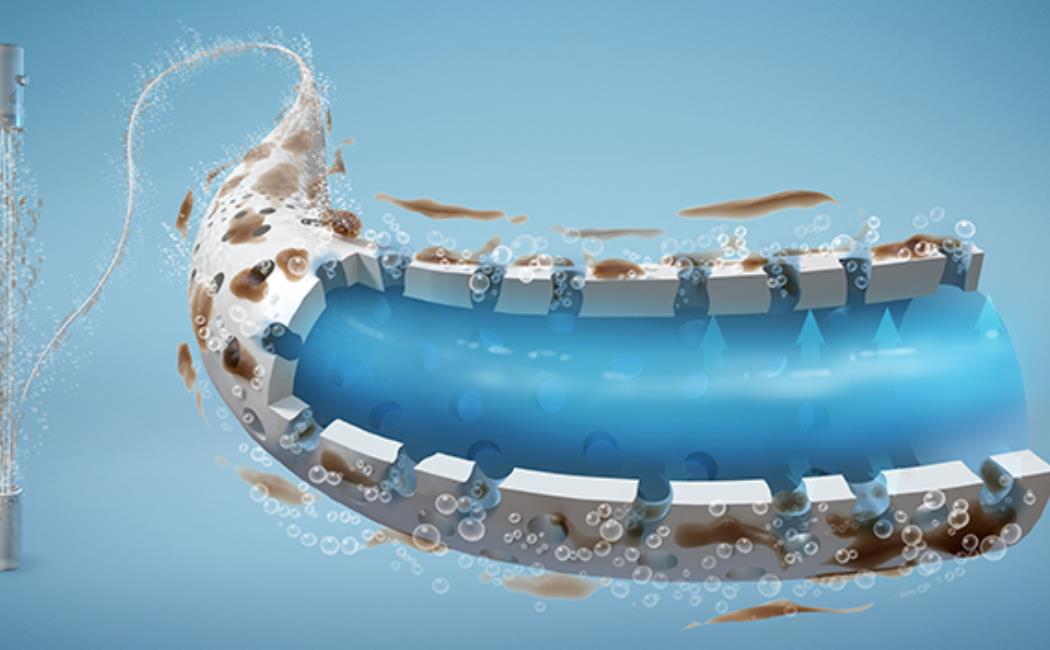
Bursting bubbles clear the way for desalination
16 February, 2020
Growing populations are increasing the global demand for drinking water, but natural sources of freshwater are shrinking. Extremely arid countries, such as Saudi Arabia, increasingly depend on desalinated seawater.
The most effective desalination begins with ultrafiltration, which removes larger suspended particles and microorganisms. This is followed by the reverse osmosis phase, which draws pure water away from the salty solution through a dense membrane. Ultrafiltration prevents the reverse osmosis membrane from becoming clogged, damaged and unusable, but it also involves a porous membrane that must be regularly cleaned.
“The pretreatment stage is a very important part of seawater desalination,” explains KAUST alum, Mohanned Al Ghamdi, “but cleaning the filters is not easy or environmentally friendly. Repeated use of strong chemicals can damage the membrane beyond repair.”
Click here to read the full story
Image: Mechanism of carbon dioxide bubble nucleation within the membrane pores and on its surface.
© 2020 KAUST; Xavier Pita